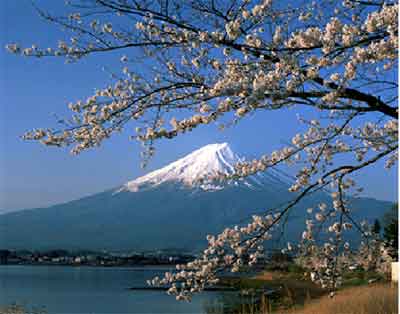Has tourism been a culprit in commodifying cultures and traditions?
To illustrate this point, we have to go deeper into the impacts of tourism on local communities.
One example which shocked the national tourist authority is the case of the long-neck Karens of northern Thailand. Many people have seen pictures of the women of this tribe on the Internet. They wear brass rings to lengthen their neck to improbable lengths. Some were even rounded up by a business man for display in a ‘’human zoo’’.
Once rituals become tourist entertainment and the objects associated with them turn into souvenirs, they lose their cultural value and become mere capital goods. Traditional values are corroded. What were once revered is now treated only as a means for capital gains. A ritual mask used to scare off the devil by the old comes to be dismissed as nothing more than a souvenir for tourists by the young, to be exploited to earn some money.
Undeniably, demand for such commodities often improve the livelihood of craftsmen, and who is to deny them a better living, even when products once carefully made to servesacred purposes are now customised to meet the preferences of the marketplace? But where is the craftsmanship, when cultural objects are mass produced? Are the genuine craftsmen the beneficiaries? Consider: a traditional cultural object typically takes days if not months to craft; how likely are the products found in a souvenir shop likely to be made the same way, with the same care and skill?
Therefore in my opinion, I believe that tourism plays a major role in the commodication process. It is with great hope that the global tourism boards could minimize this process and retains the authenticity of cultures and traditions.
Sources:
http://www.scribd.com/doc/19380512/Case-Against-Tourism
http://www.studentsoftheworld.info/sites/country/img/992_races.jpg
http://www.tragnark.com/images/cambodia/cambodia_buddhist_rituals.jpg





